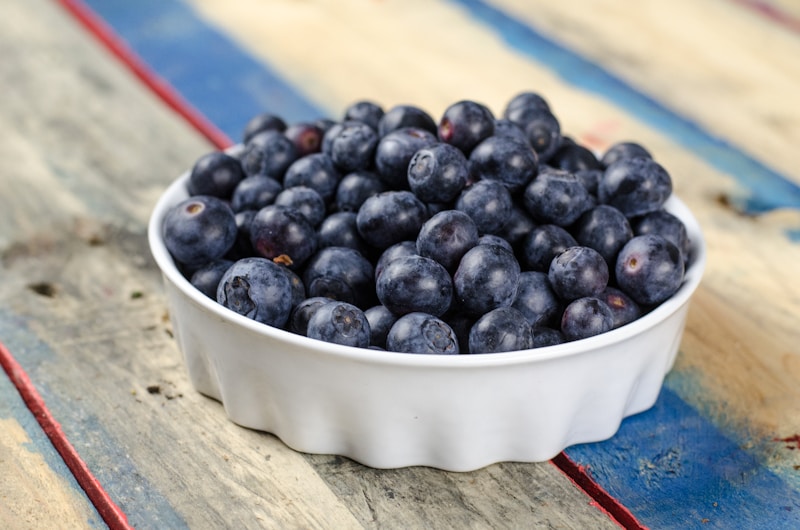Questions and Answers
What is the main source of energy for autotrophs?
Sunlight
What is the primary example of autotrophs?
Plants, algae, and some bacteria like cyanobacteria
Name one example of heterotrophs.
Animals
What are the three subcategories of heterotrophic nutrition?
Signup and view all the answers
Which mode of nutrition involves organisms breaking down dead organic matter?
Signup and view all the answers
What is the process by which autotrophs convert sunlight into chemical energy?
Signup and view all the answers
What is the main characteristic of parasites in terms of obtaining nutrients?
Signup and view all the answers
Give an example of an ectoparasite.
Signup and view all the answers
Which group of parasites live within the host organism?
Signup and view all the answers
What is the role of saprophytes in ecosystems?
Signup and view all the answers
What is the process of holozoic nutrition?
Signup and view all the answers
How do organisms with holozoic nutrition absorb nutrients?
Signup and view all the answers
Study Notes
Modes of Nutrition in Organisms
Understanding how organisms acquire nutrients and energy to support their life processes is a fundamental part of biology. Organisms have evolved various modes of nutrition, each adaptive to their specific environment and feeding strategies. In this article, we'll explore the five primary modes of nutrition: autotrophic, heterotrophic, parasitic, saprophytic, and holozoic.
Autotrophic Nutrition
Organisms that can produce their own organic matter from inorganic substances through photosynthesis are called autotrophs. The primary example of autotrophs are plants, algae, and some bacteria like cyanobacteria. They capture energy from sunlight, converting it into chemical energy via photosynthesis. This energy is then used to synthesize organic molecules like sugars, which the autotrophs can metabolize for their own needs.
Heterotrophic Nutrition
In contrast to autotrophs, heterotrophs obtain their nutrients from ingesting organic matter produced by other organisms. Heterotrophs include animals, fungi, and some bacteria. They feed on autotrophs, heterotrophs, and even other heterotrophs. Heterotrophic nutrition is further divided into three subcategories:
- Consumers: Organisms that feed directly on other living organisms. Animals and some bacteria are examples.
- Decomposers: Organisms that break down dead organic matter, like fungi and some bacteria. Their role is crucial in recycling nutrients back into the environment.
- Parasites: Organisms that obtain nutrients by living on or inside a host organism while causing harm. This sub-category will be discussed in more detail later.
Parasitic Nutrition
Parasites are heterotrophs that derive nutrients from a host organism without killing it. They often cause harm or disease to their host. Parasites can be classified according to the degree of harm they cause and the level of association with their host. Some examples of parasites include:
- Ectoparasites: Parasites that live on the surface of their host, such as ticks and lice.
- Endoparasites: Parasites that live within the host, such as parasitic worms (nematodes and cestodes) and protozoans.
Parasitic nutrition is a specialized form of heterotrophic nutrition and plays a significant role in ecosystems, as parasites can regulate host populations and transfer energy between trophic levels.
Saprophytic Nutrition
Saprophytes are heterotrophic organisms that feed on dead organic matter, breaking it down into simpler compounds. Fungi and some bacteria are examples of saprophytes. They play a crucial role in breaking down waste and recycling nutrients back into the environment.
Holozoic Nutrition
In holozoic nutrition, an organism ingests whole food particles, digests them, and assimilates the nutrients. Animals and some protists are examples of organisms that follow this mode of nutrition. Ingested food is broken down in a specialized internal organ called a gut or cytostome, and nutrients are absorbed across the gut wall. Holozoic nutrition is a specialized form of heterotrophic nutrition.
Understanding these modes of nutrition is essential for understanding the dynamics of ecosystems and the interactions between organisms. Each mode has its unique role and importance, contributing to the intricate web of life on our planet.
Studying That Suits You
Use AI to generate personalized quizzes and flashcards to suit your learning preferences.
Description
Test your knowledge on the various modes of nutrition in organisms, including autotrophic, heterotrophic, parasitic, saprophytic, and holozoic nutrition. Explore how different organisms acquire nutrients and energy for survival, and understand the significance of each mode in ecosystems.




